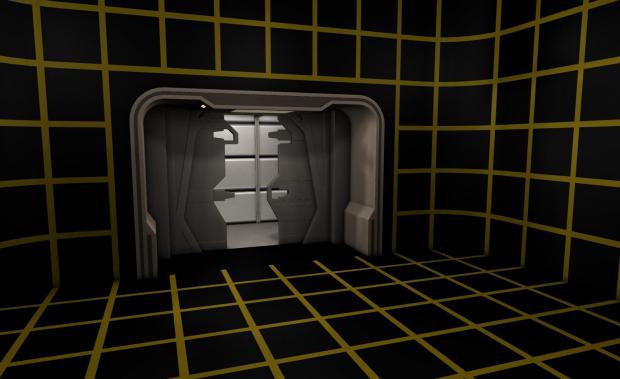
Breaking News
 Withdrawing the United States from International Organizations, Conventions, and Treaties...
Withdrawing the United States from International Organizations, Conventions, and Treaties...
 The Food Math Nobody Does (But Should)
The Food Math Nobody Does (But Should)
 Versatile Liquid Metal Composite Inks for Printable, Durable, and Ultra-Stretchable Electronics
Versatile Liquid Metal Composite Inks for Printable, Durable, and Ultra-Stretchable Electronics
 There is no need for me to write a post around the below illustrative video...
There is no need for me to write a post around the below illustrative video...
Top Tech News
 Kawasaki's four-legged robot-horse vehicle is going into production
Kawasaki's four-legged robot-horse vehicle is going into production
 The First Production All-Solid-State Battery Is Here, And It Promises 5-Minute Charging
The First Production All-Solid-State Battery Is Here, And It Promises 5-Minute Charging
 See inside the tech-topia cities billionaires are betting big on developing...
See inside the tech-topia cities billionaires are betting big on developing...
 Storage doesn't get much cheaper than this
Storage doesn't get much cheaper than this
 Laser weapons go mobile on US Army small vehicles
Laser weapons go mobile on US Army small vehicles
 EngineAI T800: Born to Disrupt! #EngineAI #robotics #newtechnology #newproduct
EngineAI T800: Born to Disrupt! #EngineAI #robotics #newtechnology #newproduct
 This Silicon Anode Breakthrough Could Mark A Turning Point For EV Batteries [Update]
This Silicon Anode Breakthrough Could Mark A Turning Point For EV Batteries [Update]
 Travel gadget promises to dry and iron your clothes – totally hands-free
Travel gadget promises to dry and iron your clothes – totally hands-free
 Perfect Aircrete, Kitchen Ingredients.
Perfect Aircrete, Kitchen Ingredients.
 Futuristic pixel-raising display lets you feel what's onscreen
Futuristic pixel-raising display lets you feel what's onscreen
Google Takes Us Closer to Star Trek Holodecks with Light Field Video

Google is taking immersive media technology to the next level, showing a practical system for light field video. Wide field of view scenes can be recorded and played back with the ability to move around within the video after it has been captured, revealing new perspectives. Developed by a team of leading research scientists and engineers, the new research shows the ability to record, reconstruct, compress, and deliver high-quality immersive light field videos lightweight enough to be streamed over regular Wi-Fi, advancing the state of the art in the rapidly emerging field of immersive augmented reality (AR) and virtual reality (VR) platforms.
They have overcome a major obstacle in making virtual experiences realistic, immersive, distributable, and comfortable.
The team records immersive light field videos with a low-cost rig consisting of 46 action sports cameras mounted to a lightweight acrylic dome. Using DeepView, a machine learning algorithm developed last year by members of the same Google research team, they combine the video streams from each camera into a single 3D representation of the scene being recorded. Their paper introduces a new "layered mesh" representation that consists of a series of concentric layers with semi-transparent textures. Rendering these layers from back to front brings the scene vividly and realistically to life. This method solves the very difficult problem of synthesizing viewpoints that were never captured by the cameras in the first place, enabling the user to experience a natural range of head movement as they explore light field video content.
In recent years, the immersive AR/VR field has captured mainstream attention for its promise to give people a truly authentic experience in a simulated environment. Want to really feel like you're standing among the Redwoods at Yosemite rather than sitting in the living room? Or watch an artist create a sculpture as if you're with them in the studio? That could be possible with immersive AR/VR technology.



